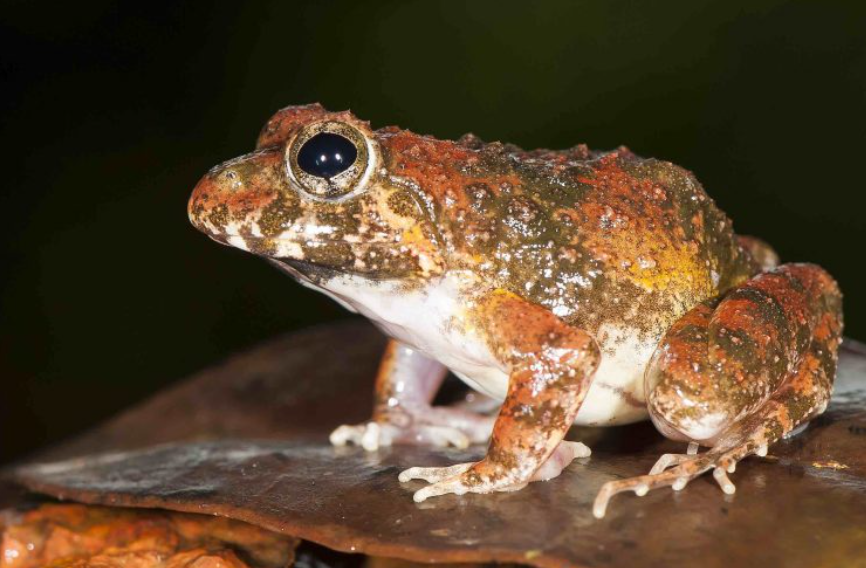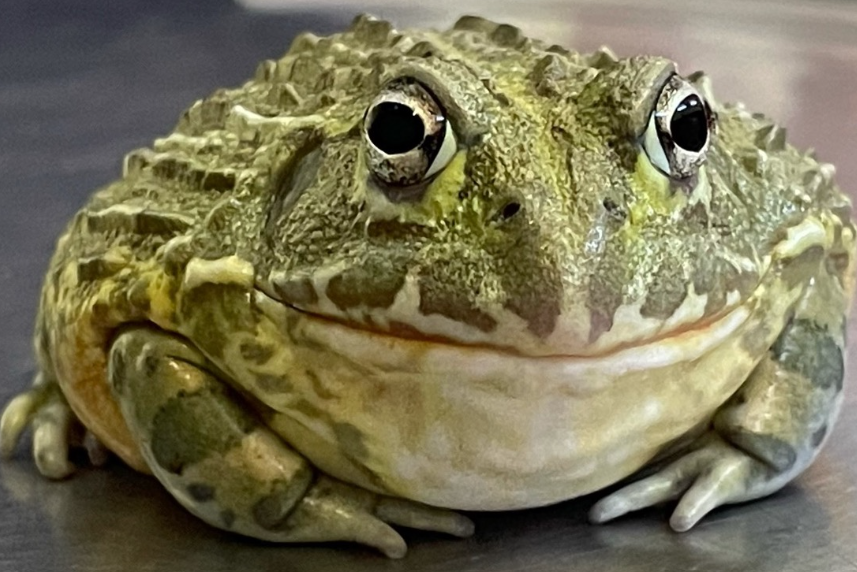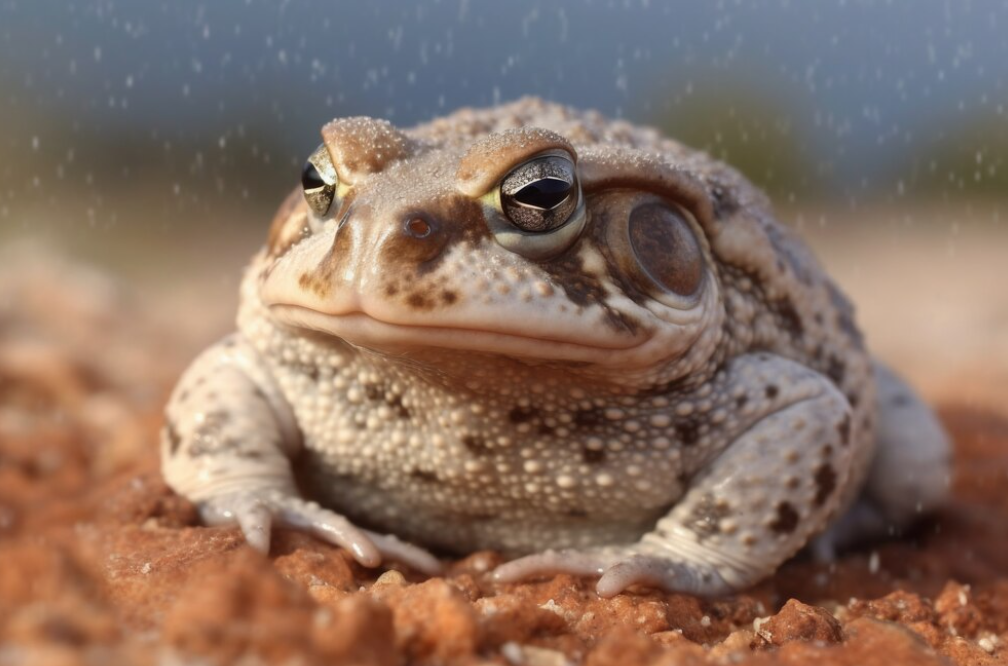Frogs
Frogs are a varied collection of creatures that are members of the Anura order of amphibians. These amazing animals may be found all over the world in a variety of environments, from dry deserts to lush rainforests. Because of their special characteristics, frogs can live happily in both aquatic and terrestrial settings.
A vital role in preserving environmental equilibrium is played by frogs. Because of their delicate skin, which makes them vulnerable to changes in the quality of the water and air, they are good environmental health indicators. Additionally, as significant predators, frogs help manage the numbers of pests by consuming insects and other tiny invertebrates. Many other creatures, such as birds, snakes, and bigger amphibians, depend on frogs as a food supply.
Frogs go through a stunning change throughout their life cycle. They emerge from eggs deposited in water as tadpoles to begin their lives. These tadpoles can breathe and swim because they have gills and a tail. They go through many changes as they become bigger, gaining limbs and lungs. They eventually shed their tails and came out of the water as mature frogs.
The variety of vocalizations that frogs may make is one of their most remarkable features. These cries have many functions, including luring possible partners, guarding territory, and alerting others to impending danger. Because each species of frog has a distinct cry, individuals in crowded settings can recognize and find one another.
For generations, frogs have piqued people’s curiosity and imagination. They have appeared in mythology, folklore, and artwork from many cultural backgrounds. Scientists and nature lovers alike are fascinated by them because of their vivid colors, complex patterns, and unusual activities. Frogs, however, are threatened by a number of factors, such as pollution, disease transmission, habitat loss, and climate change.



